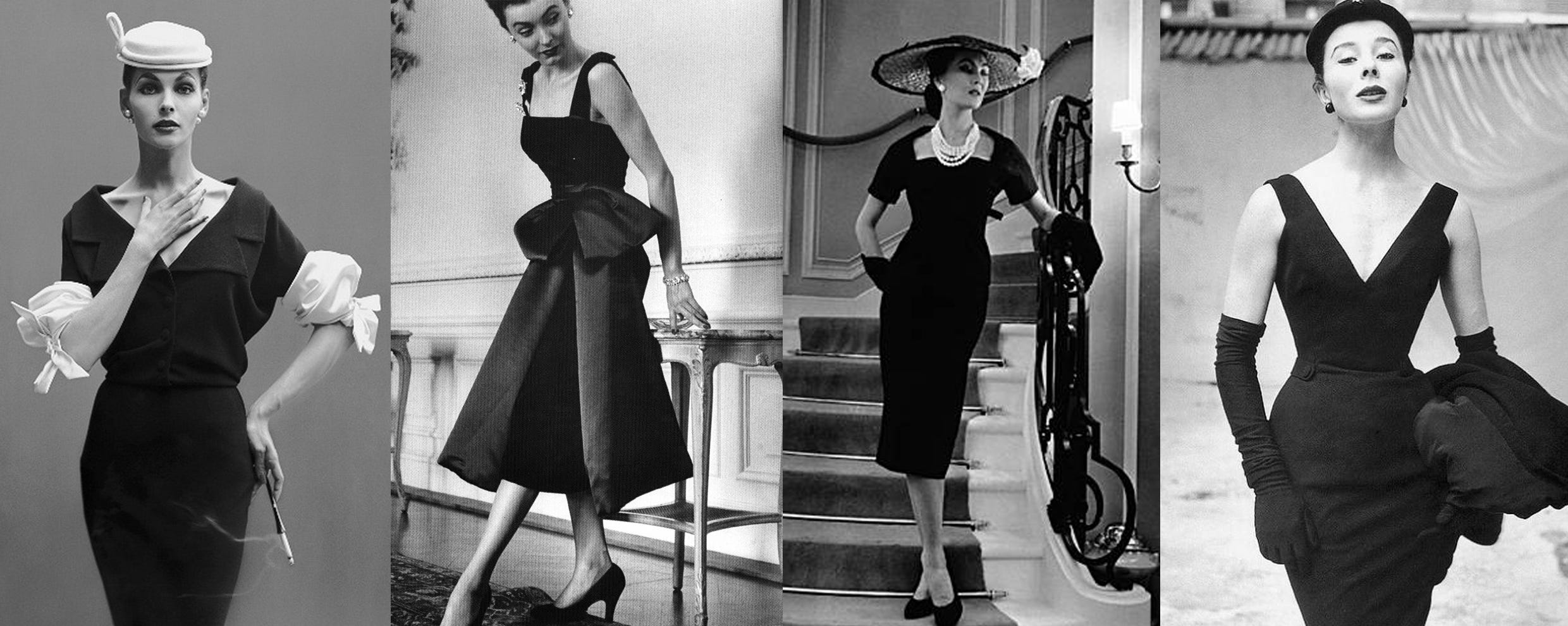Table of Content

This edgy look works for a casual evening out or a date. Pair your dress with a hint of lace on the neckline. Give your tresses a wavy look for a dose of softness. And you will have the right type of men falling over you. When all the test results were in, they could not have been worse. The disease had inflamed her heart, her brain, she could barely bend her elbows or, for that matter, move her weakened body.

By the 1930s, the LBD had been accepted into mainstream fashion. The sketch of this revolutionary design first appeared in American Vogue October 1926. From the beginning of the decade black dresses were offered, most commonly for evening. According to many sources, Coco Chanel " invented" the little black dress in 1926, when she.
Design History Women Black Casual Dress XS
Between 1910 and 1920 necklines were lower and dresses could be short-sleeved or sleeveless. Women who worked during World War I preferred shorter dresses, which eventually became the dominant style overall. In addition to the shorter dresses, waistlines were looser and the dominant colors were black, white and gray. The little black dress, or LBD, is something that many women turn to when they want to look elegant and also want to be comfortable.

It's not just a piece of clothing, it's a statement. The coming of age of Hattie Carnegie coincided with the coming of age of the international world of couture fashion—and the times couldn’t have been better for the radical change women would experience. Fashion was the outward sign of change—reflecting the new freedom of equality for women—in politics, at home, and in society. The Suffragette Movement was gaining momentum and for the first time in history, women were gaining recognition for their opinions.
Choose Cooling Accessories
Like the Model T, the little black dress was simple and accessible for women of all social classes. Vogue also said that the LBD would become “a sort of uniform for all women of taste”. The image of ‘little black dress’ is a sexy, revealing, but still elegant black dress. A black dress can go with every skin tone and make up, it also makes the person who wears it look skinnier.
She has short black straight hair and wears a blue dress . Stanley greatly expanded the cast of characters and changed the name of Lulu's portly pal from "Joe" to "Tubby", a character that was popular enough himself to warrant a Marge's Tubby series that ran from 1952 to 1961. Little Lulu was widely merchandised, Writer/artist John Stanley's work on the Little Lulu comic book is highly regarded.
The Gift That Keeps On Giving Thanks To Chanel
Hubert de Givenchy, a close friend of Hepburn's, designed the dress exclusively for her. In 2006 this renowned dress auctioned at Christie’s in London for close to $1 million. The simplicity of this 1948 design opened up the fashion world’s perceptions. As years passed, Dior amended it to include a leaner skirt.
Ever since October of 1926, the Little Black Dress has been an iconic and important part of every fashionable women’s wardrobe. Showed a drawing of a woman posing in pumps, pearls, a cloche and a long-sleeved black dress belted to a low waist. A Little Black Dress, is a short, unfussy, evening dress invented in the 1920s by the fashion designer Coco Chanel. It was the first black dress that wasn't used for funerals.
French fashion regarding dresses became very fast-changing during the later part of the 18th century. Throughout this period, the length of fashionable dresses varied only slightly, between ankle-length and floor-sweeping. Between 1740 and 1770, the robe à la française was very popular with upper-class women. In France, the Empire style became popular after the French Revolution. This more simple style was also favored by Josephine Bonaparte, wife of Napoleon.

In the early twentieth century, the look popularized by the Gibson Girl was fashionable. The upper part of women's dresses in the Edwardian era included a "pigeon breast" look that gave way to a corseted waist and an s-shaped silhouette. Women called their dresses "waists" if one-piece, or "shirtwaists," if it consisted of a skirt and a blouse. These garments were looser, though not as loose as a "wrapper," and made of expensive fabric and laces.
No comments:
Post a Comment